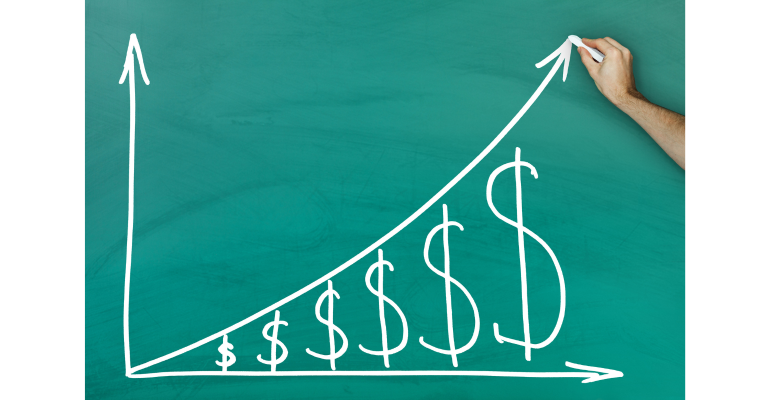 Jose Tamez is managing partner at Austin-Michael, an executive search and outsourced contract recruiting services firm in the retail and wholesale channels of grocery.
Jose Tamez is managing partner at Austin-Michael, an executive search and outsourced contract recruiting services firm in the retail and wholesale channels of grocery.
We are all familiar with the concept of the trickle-down effect. However, what doesn’t get as much attention is the trickle-up effect. These are actions that have a positive effect on the people on the “lower” end of an organization or society and then move upwards.
The last four years have created unprecedented pressures in the retail world and as often is the case nowhere is it felt more than in labor issues. However, the last four years have also spawned a labor learning and adjustment process that has been coupled with continued advances in technology. Simply put, workforce efficiency is at all-time highs in this sector.
Let’s go back though. While it’s true that the industry was moving in this direction prior to the COVID-19 pandemic, the stress test that ensued as result of the pandemic fostered a rethinking, retooling, and refitting.
As has been shared with me by many executives in the industry, every component of the value chain is important. However, if you don’t get it right at store level it’s all for naught. And while store level associates have always been seen as important, their standing has grown in multiples over this period.
Walmart has received the most headlines in recognizing this and addressing this with a recent January announcement that store managers’ average salary will go from $117,000 to $128,000. To be fair, many others in the industry have made similar acknowledgments and with similar actions.
Further, and as is the premise of the topic here, hourly waged store employees became the initial benefactors of pay increases during and because of the pandemic. A topic for another day is how price increases are obviously directly related to wage increases but somehow get overlooked by politicians who conveniently prefer to cast blame on operators.
What’s to follow, and spread in retail, will likely be a continued trickle-up effect where increases in pay now follow suit in going up the organizational chart particularly as further technological enhancements allow one person to do the job of 1.5 or 2, thereby warranting pay increases.
In my next article I’ll discuss where this is happening and what it means to the workforce, including the AI effect.





